-
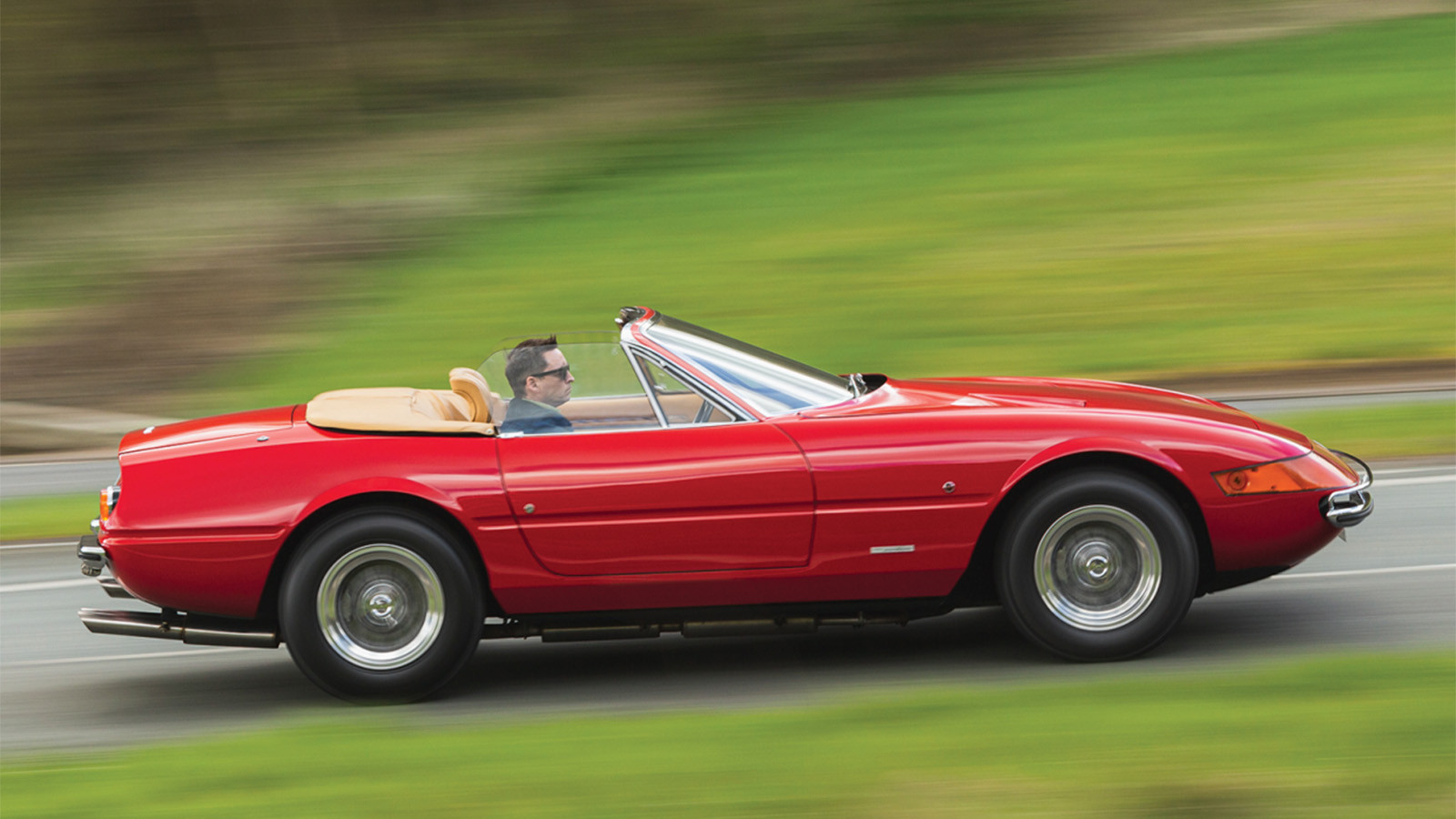 © Luc Lacey/Classic & Sports Car
© Luc Lacey/Classic & Sports Car -
 © Ferrari S.p.A.
© Ferrari S.p.A. -
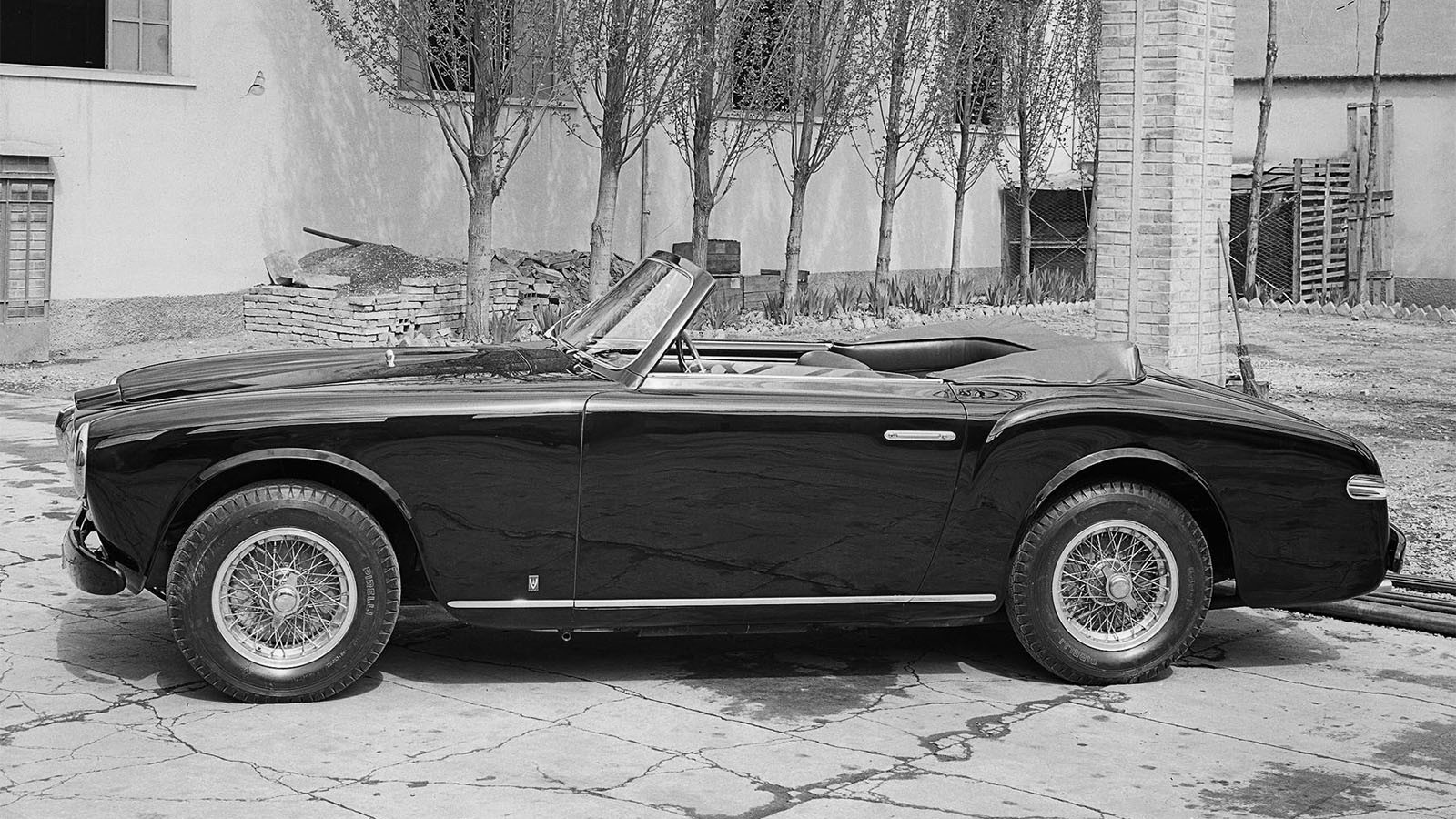 © Ferrari S.p.A.
© Ferrari S.p.A. -
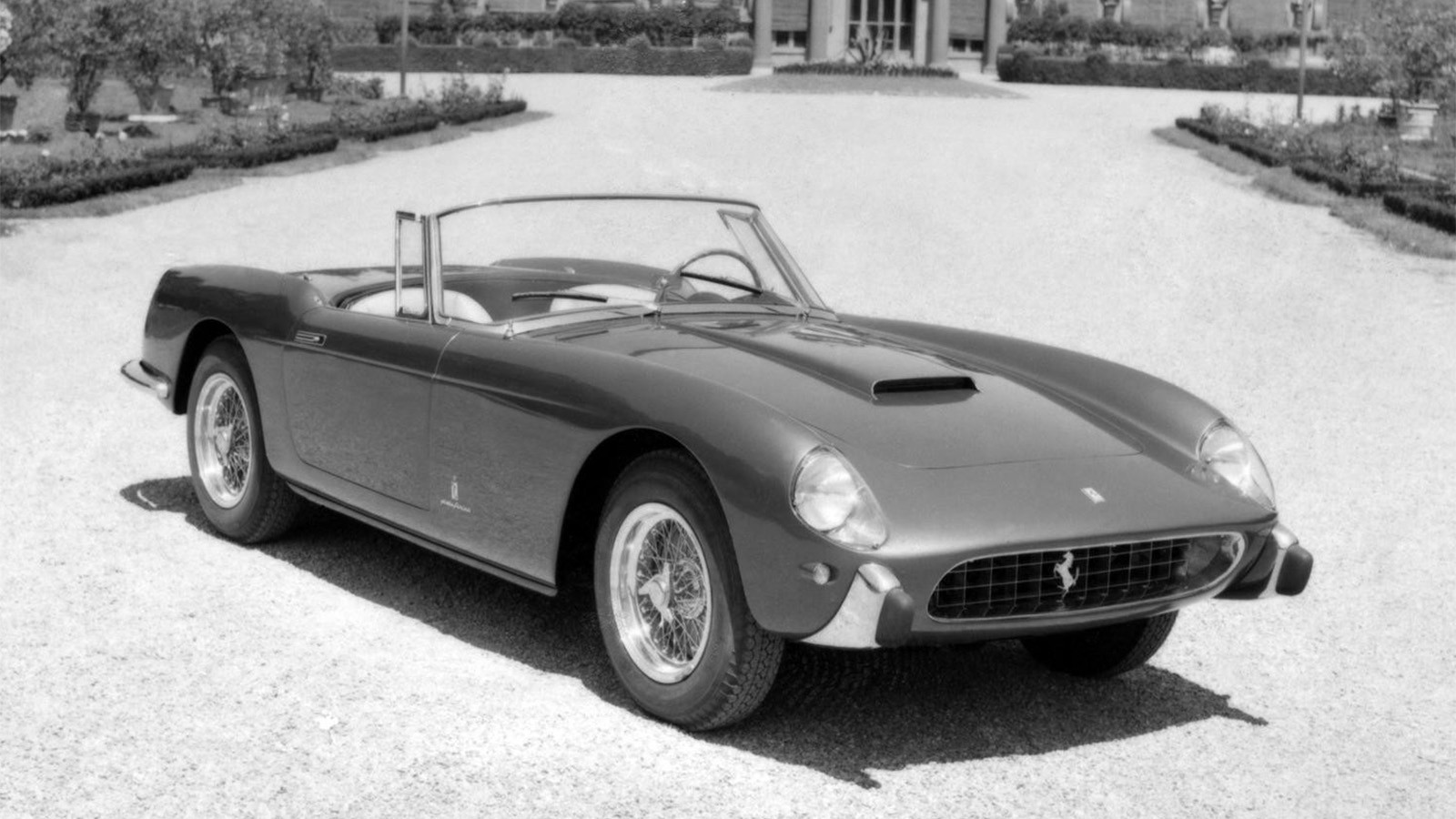 © Ferrari S.p.A.
© Ferrari S.p.A. -
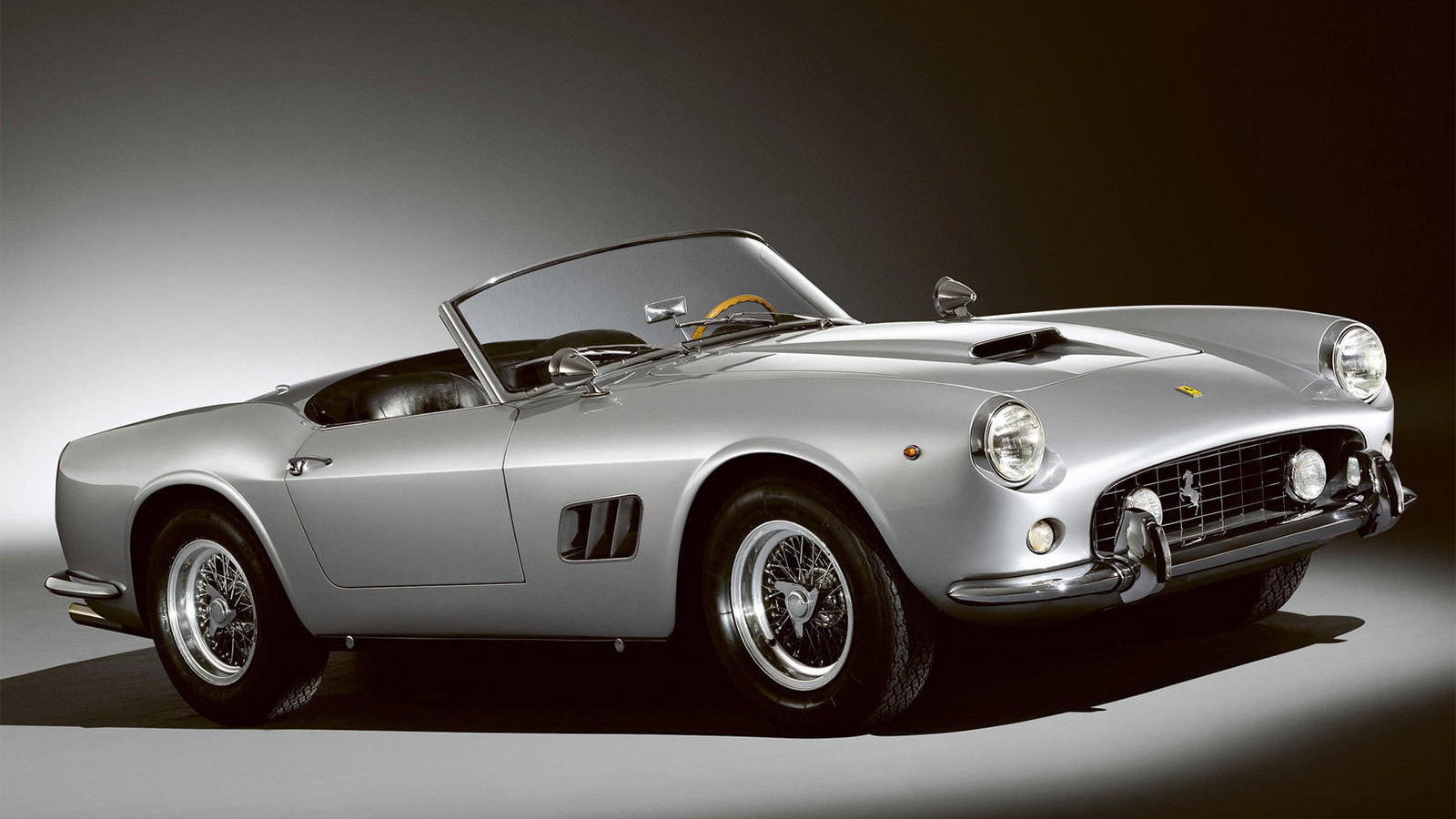 © Ferrari S.p.A.
© Ferrari S.p.A. -
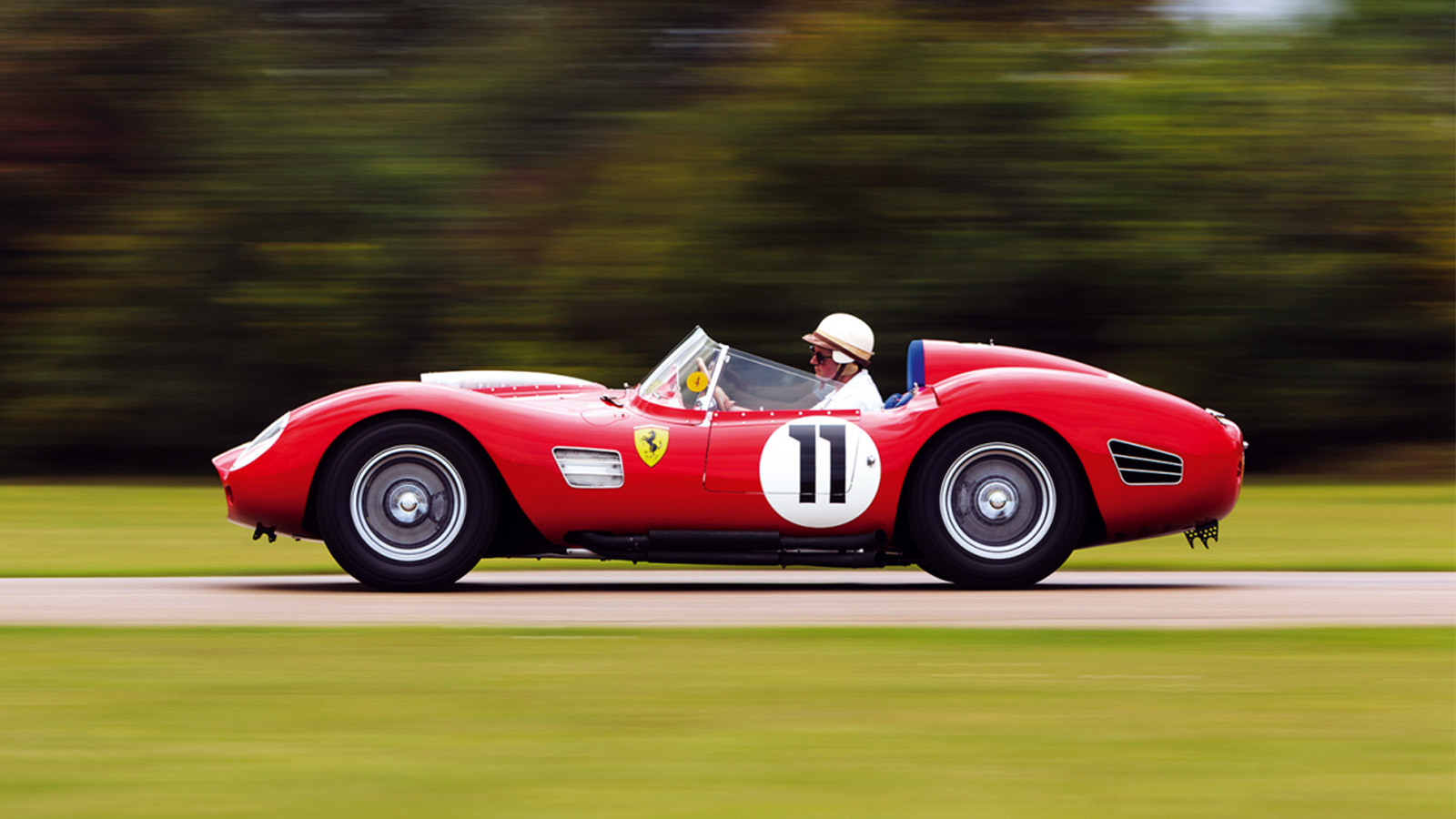 © Luc Lacey/Classic & Sports Car
© Luc Lacey/Classic & Sports Car -
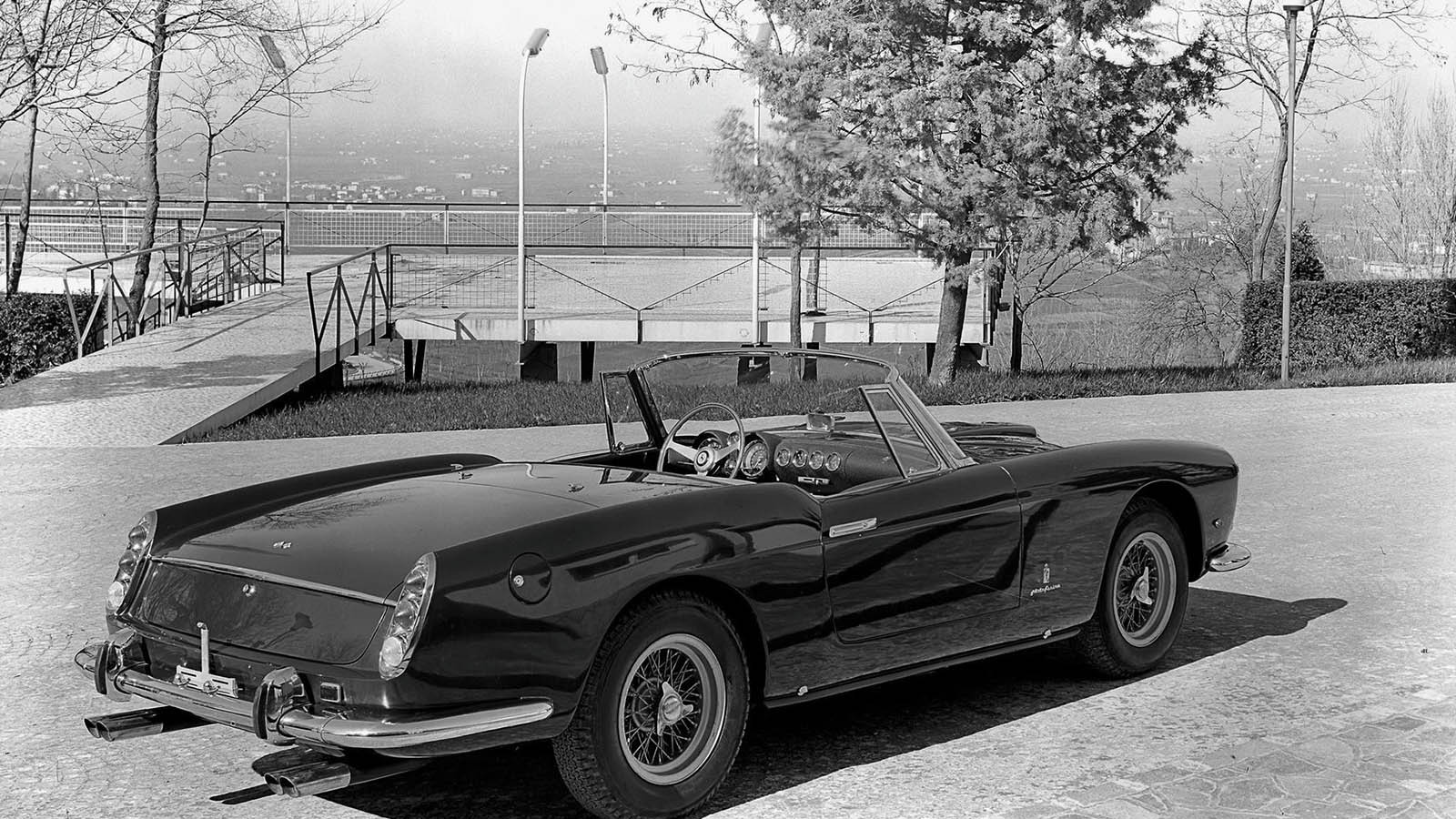 © Ferrari S.p.A.
© Ferrari S.p.A. -
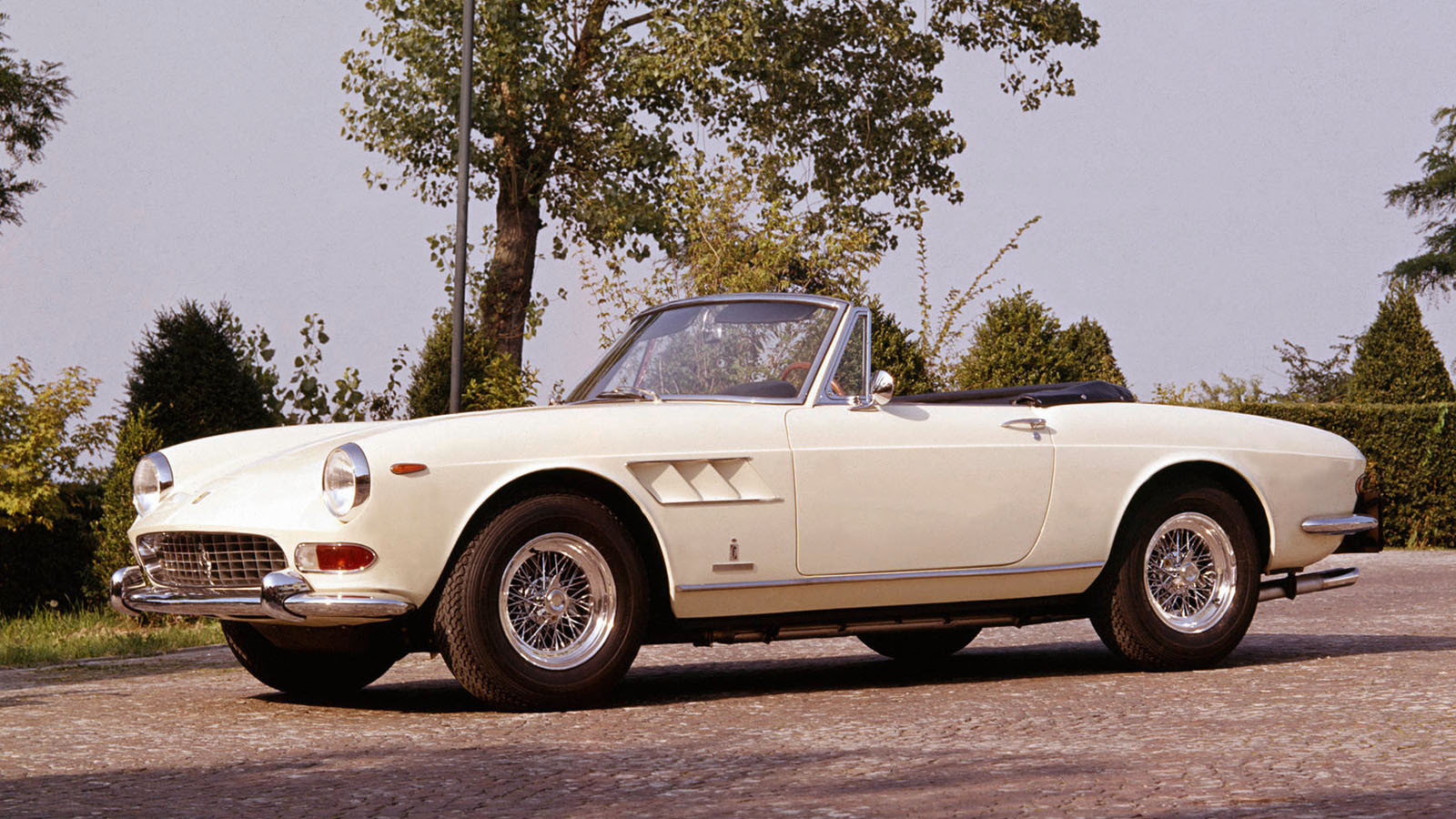 © Ferrari S.p.A.
© Ferrari S.p.A. -
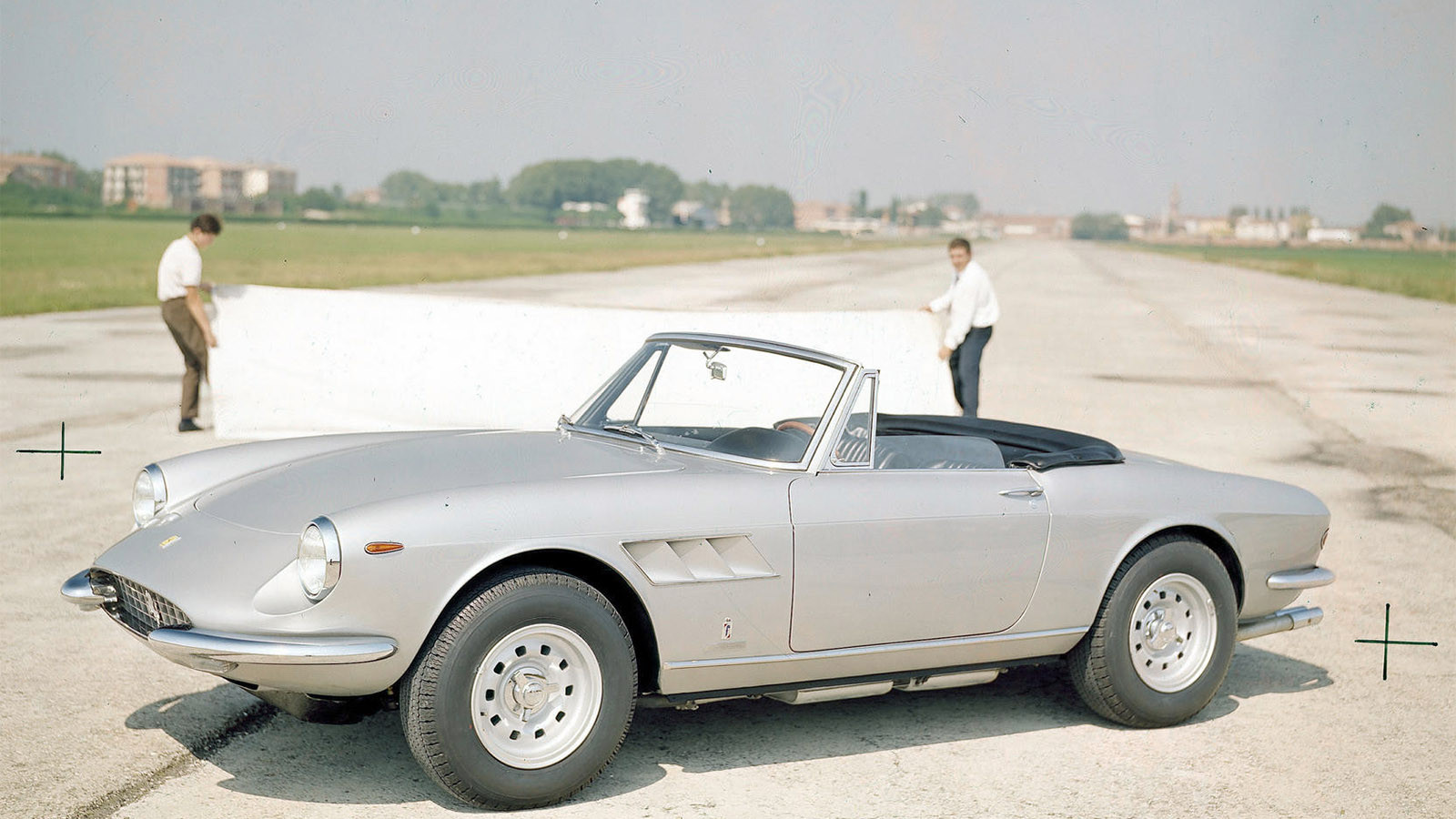 © Ferrari S.p.A.
© Ferrari S.p.A. -
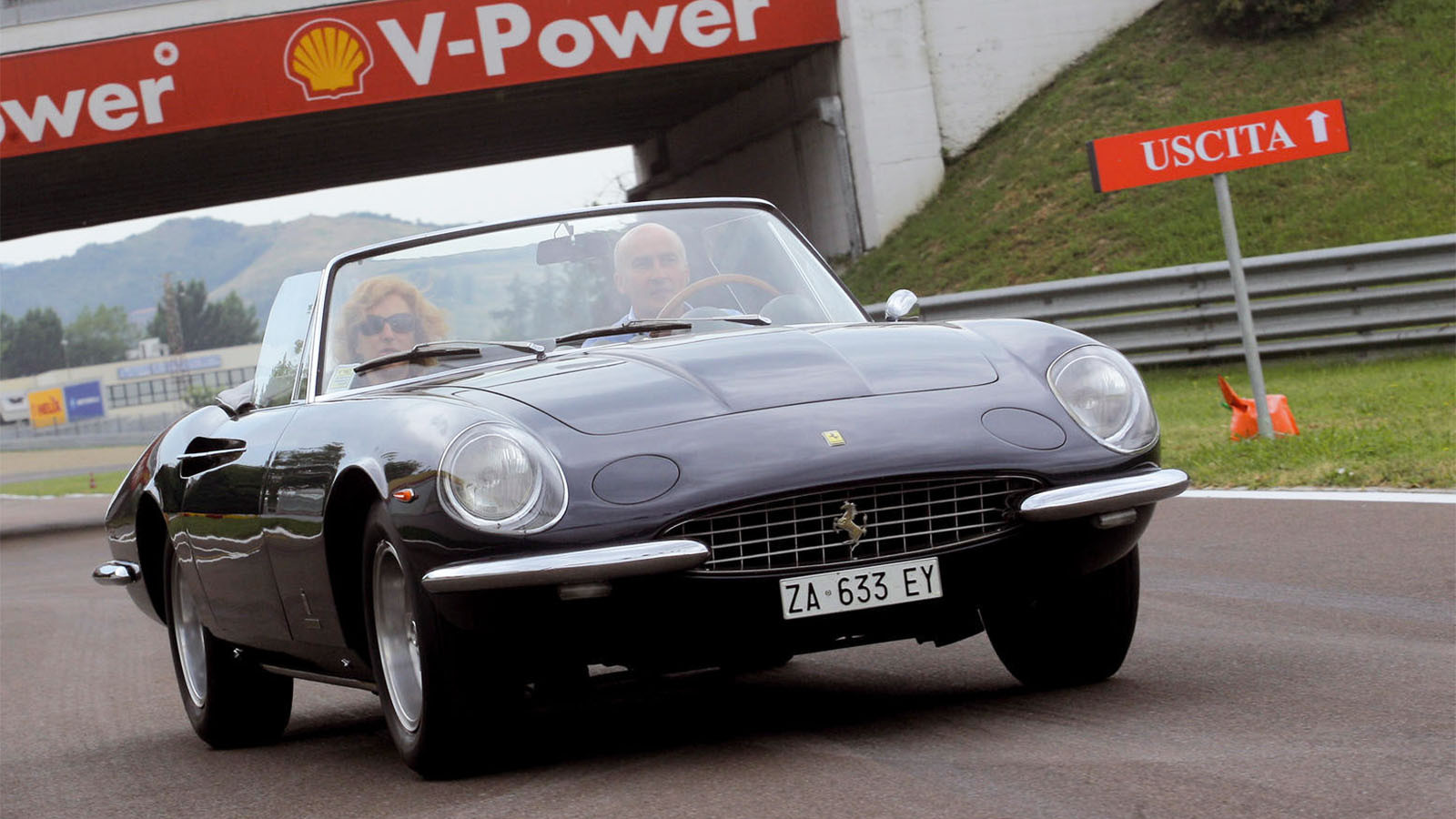 © Ferrari S.p.A.
© Ferrari S.p.A. -
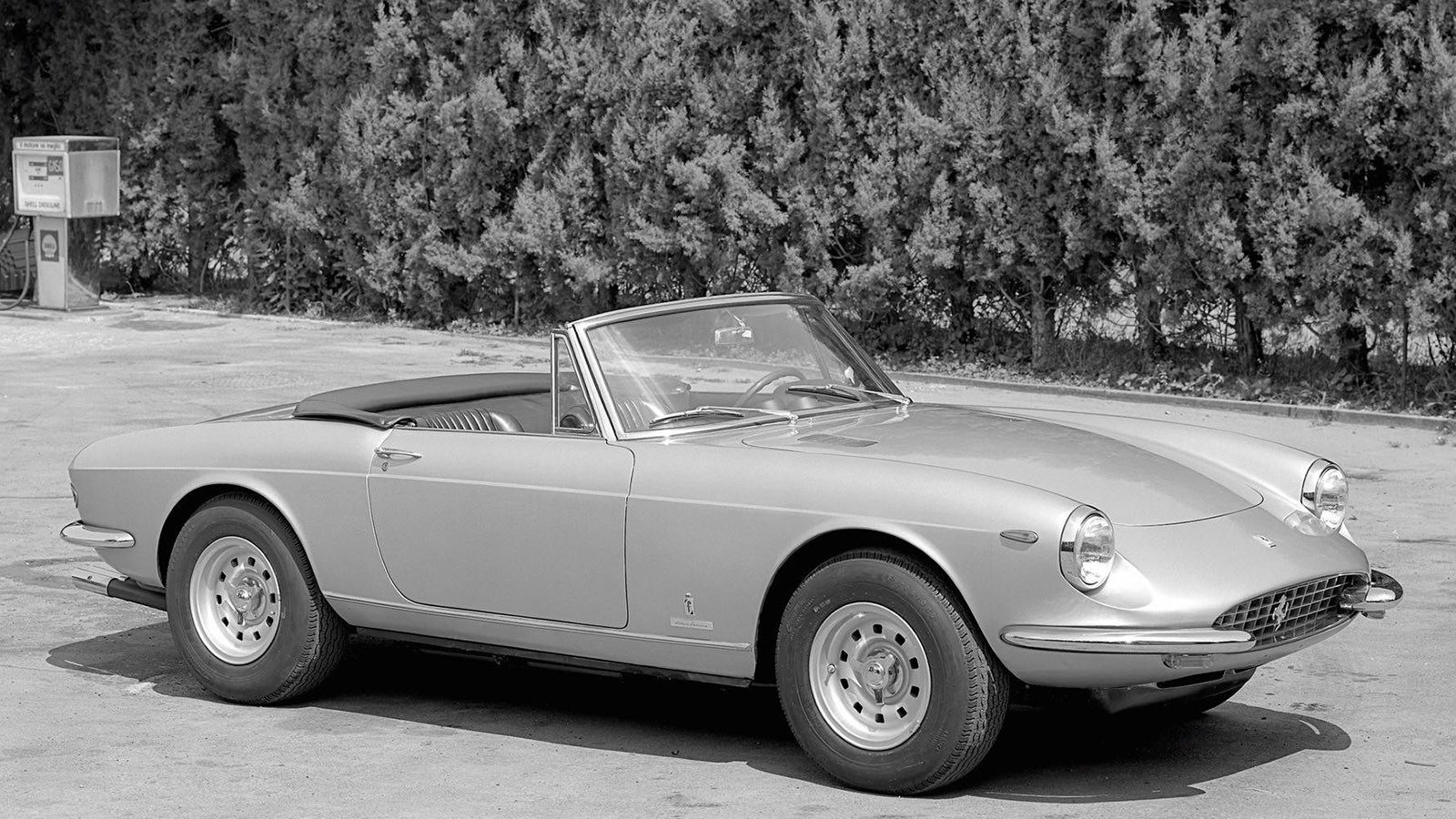 © Ferrari S.p.A.
© Ferrari S.p.A. -
 © Ferrari S.p.A.
© Ferrari S.p.A. -
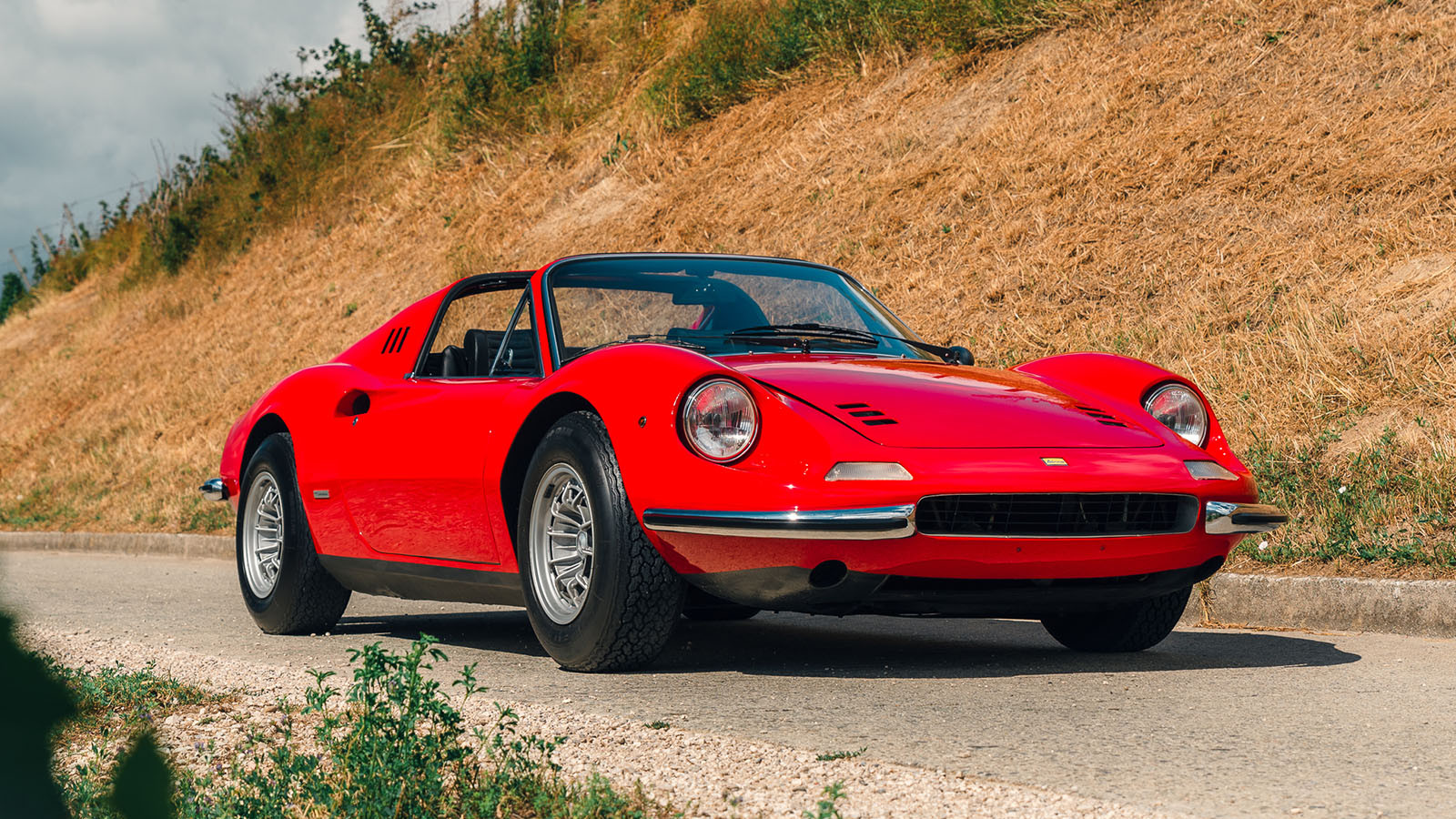 © Simon Gosselin/RM Sotheby’s
© Simon Gosselin/RM Sotheby’s -
 © Ferrari S.p.A.
© Ferrari S.p.A. -
 © Ferrari S.p.A.
© Ferrari S.p.A. -
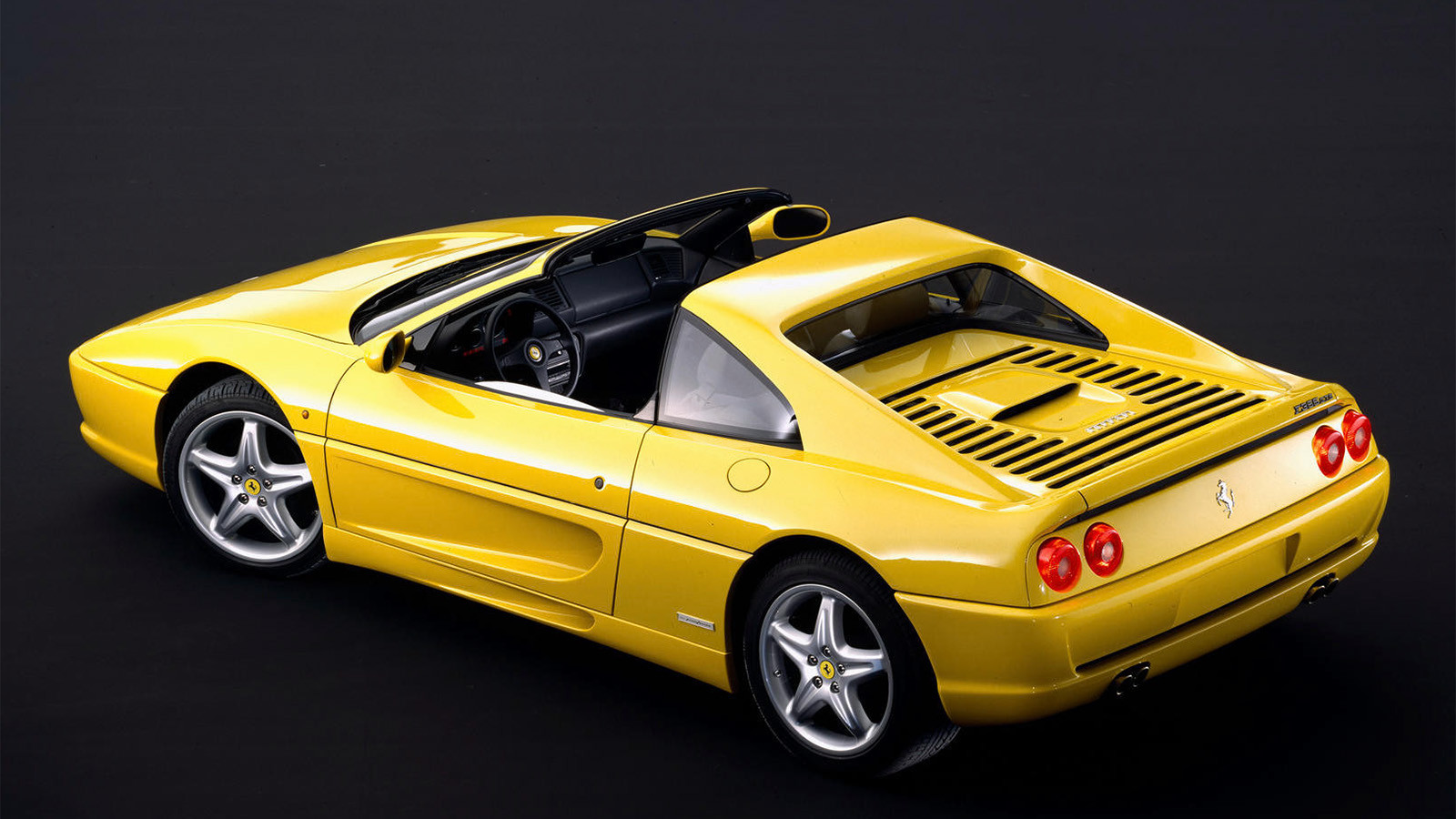 © Ferrari S.p.A.
© Ferrari S.p.A. -
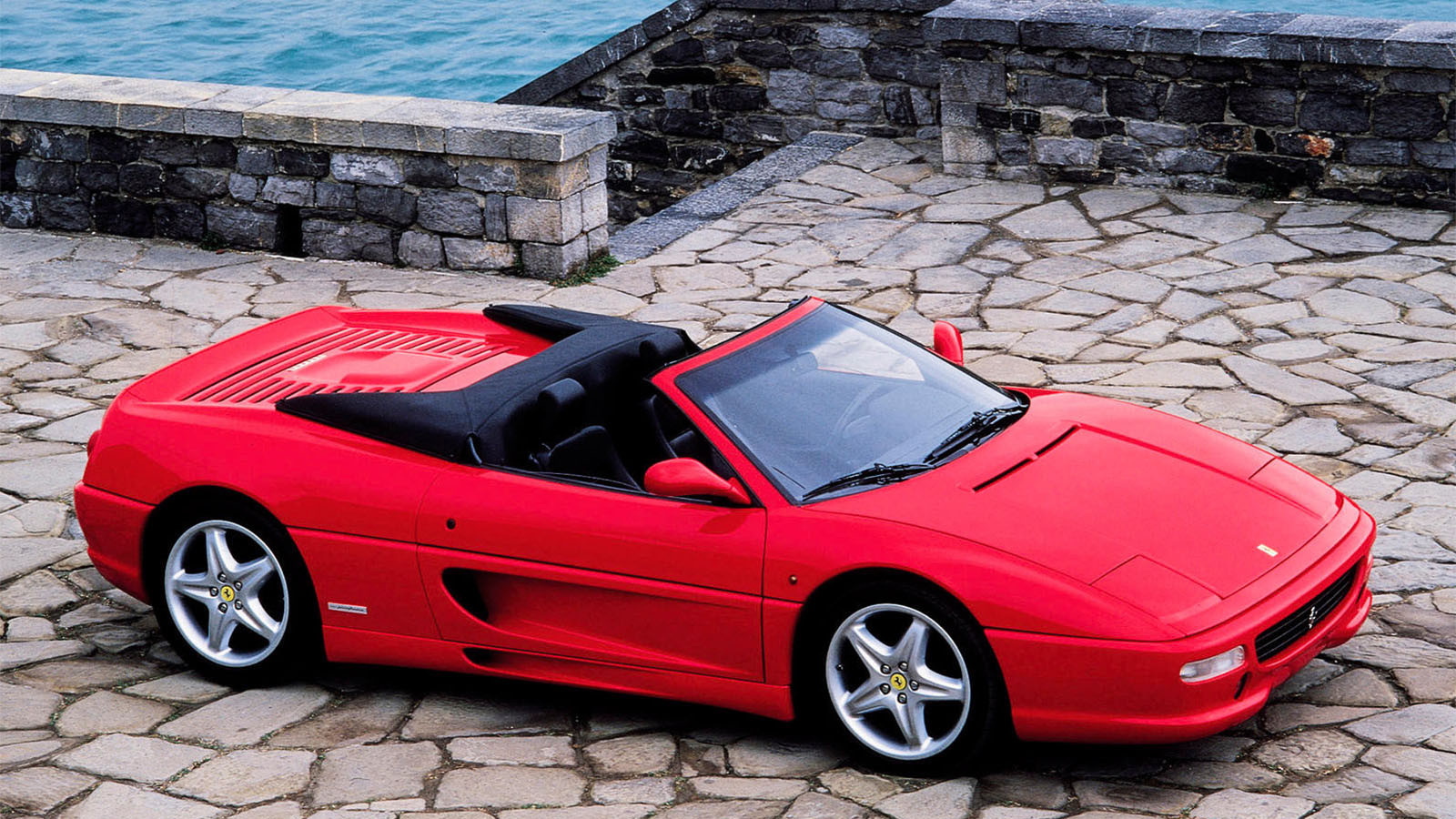 © Ferrari S.p.A.
© Ferrari S.p.A. -
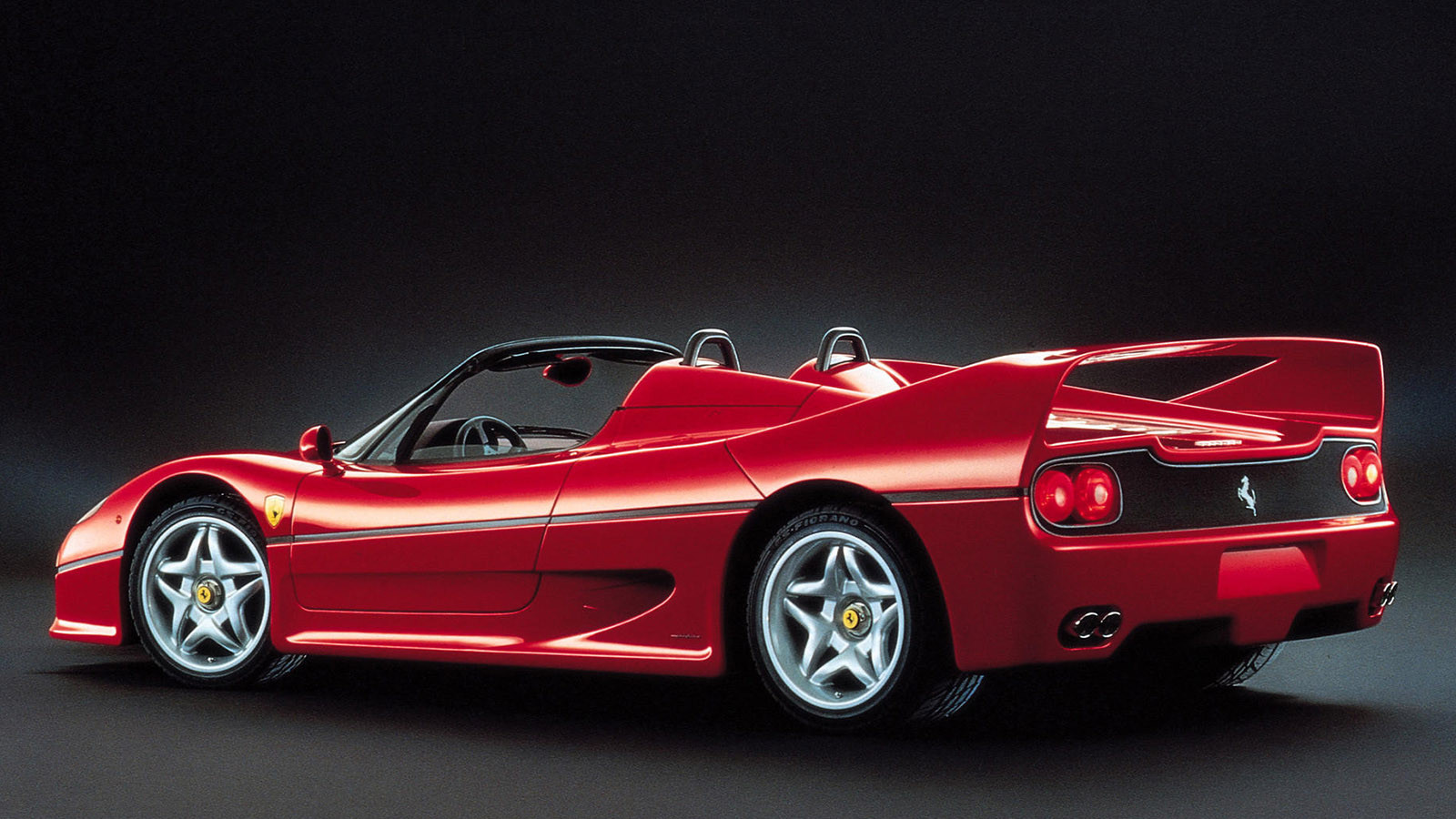 © Ferrari S.p.A.
© Ferrari S.p.A. -
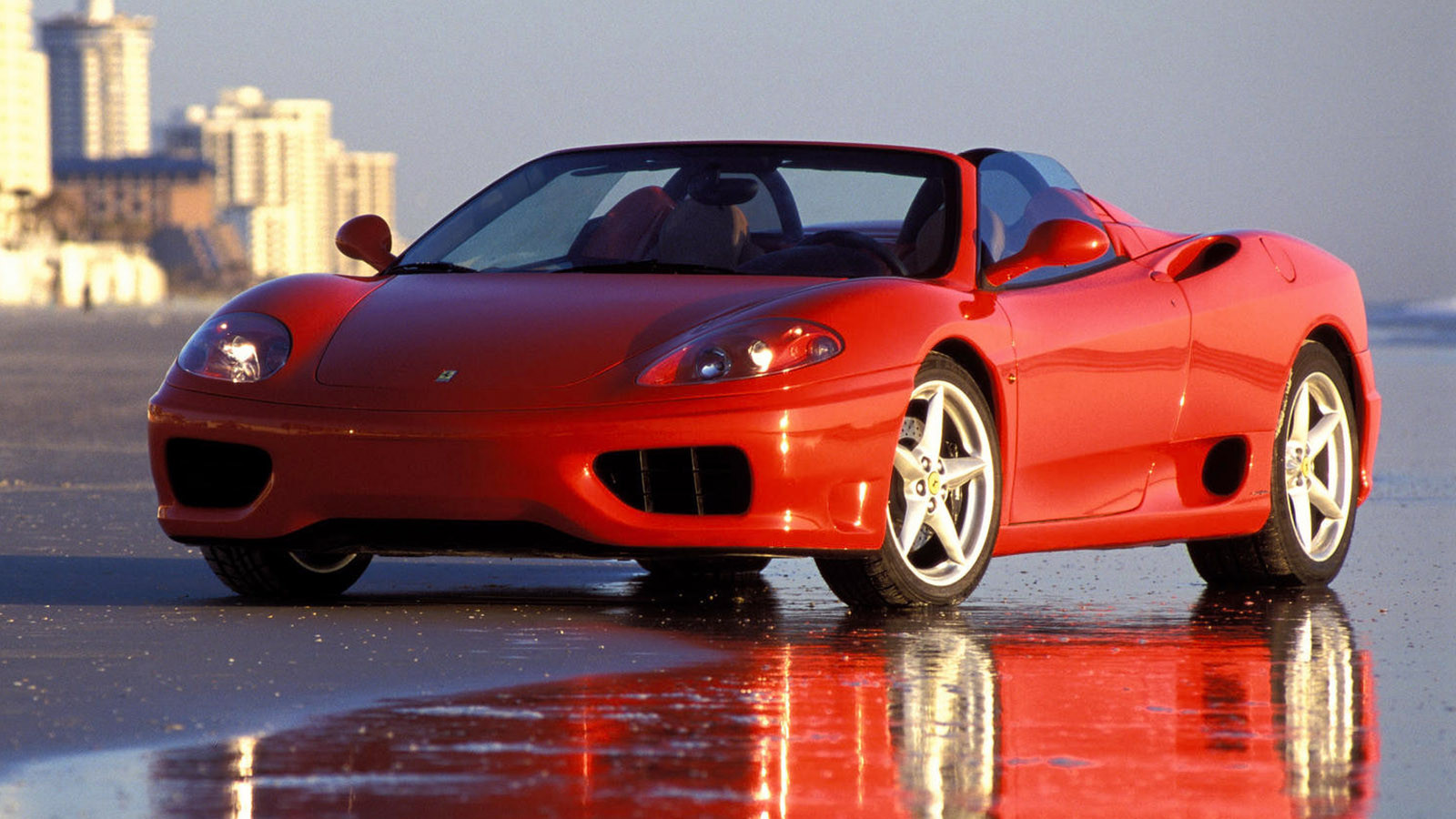 © Ferrari S.p.A.
© Ferrari S.p.A. -
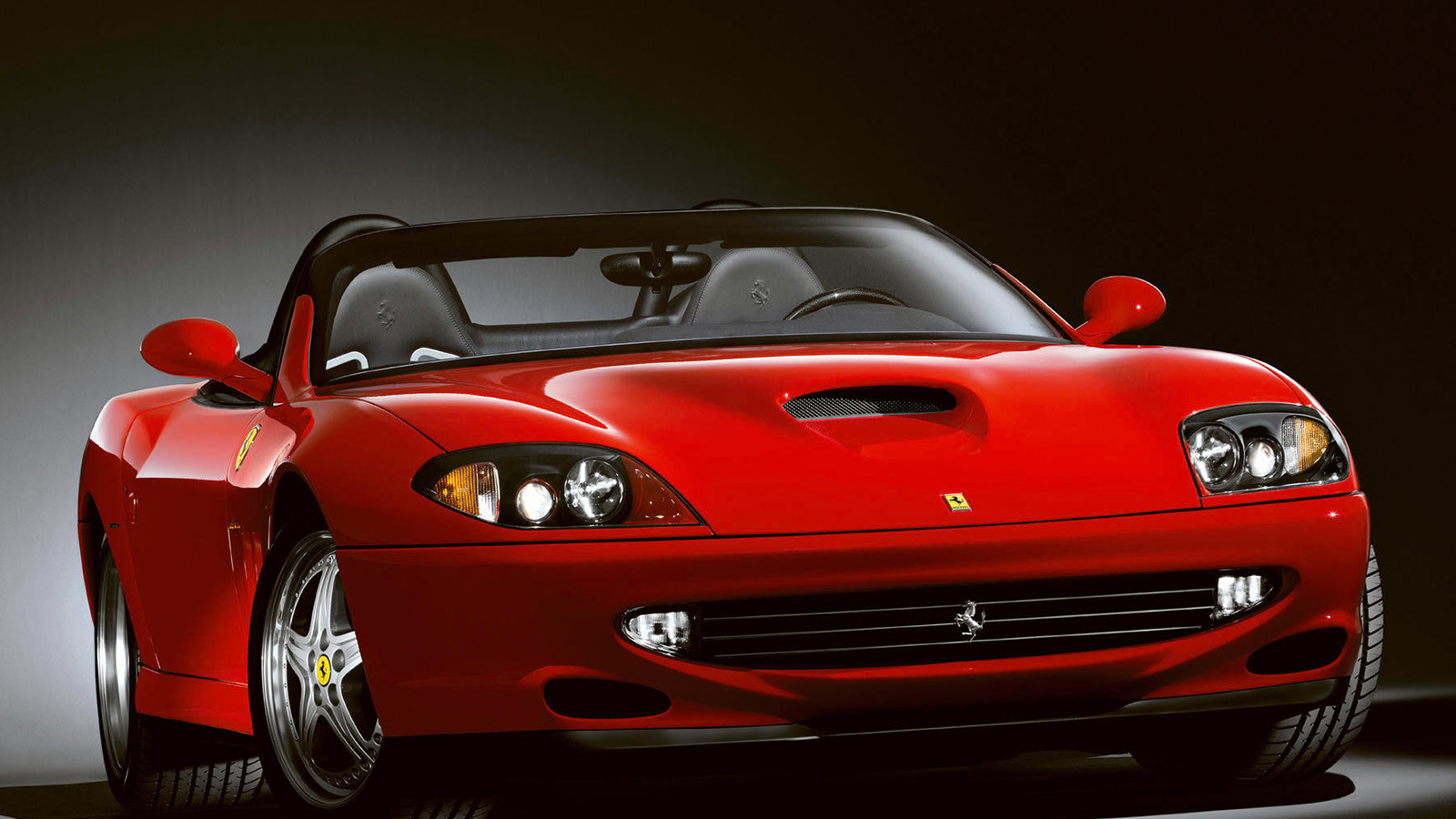 © Ferrari S.p.A.
© Ferrari S.p.A. -
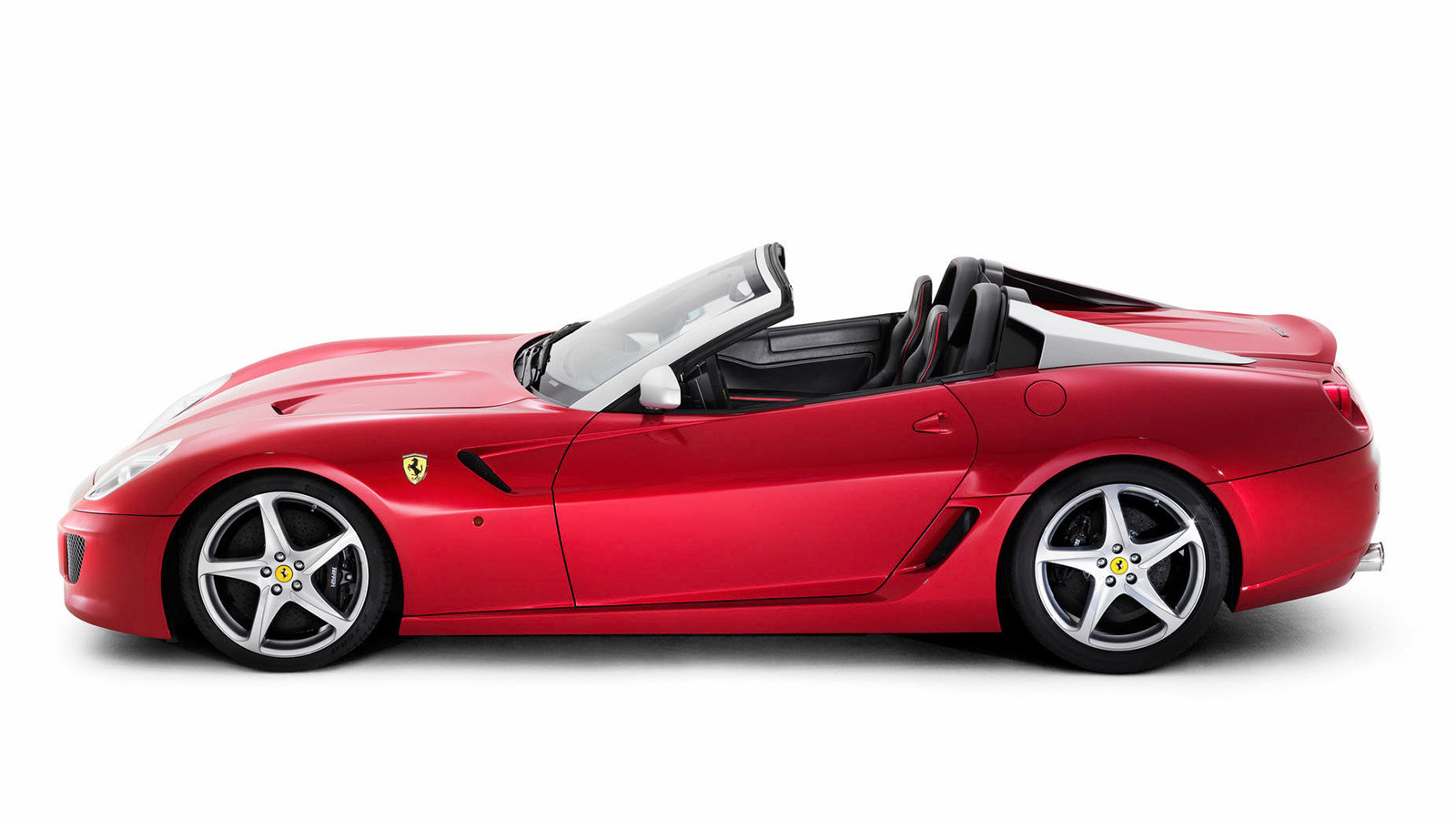 © Ferrari S.p.A.
© Ferrari S.p.A. -
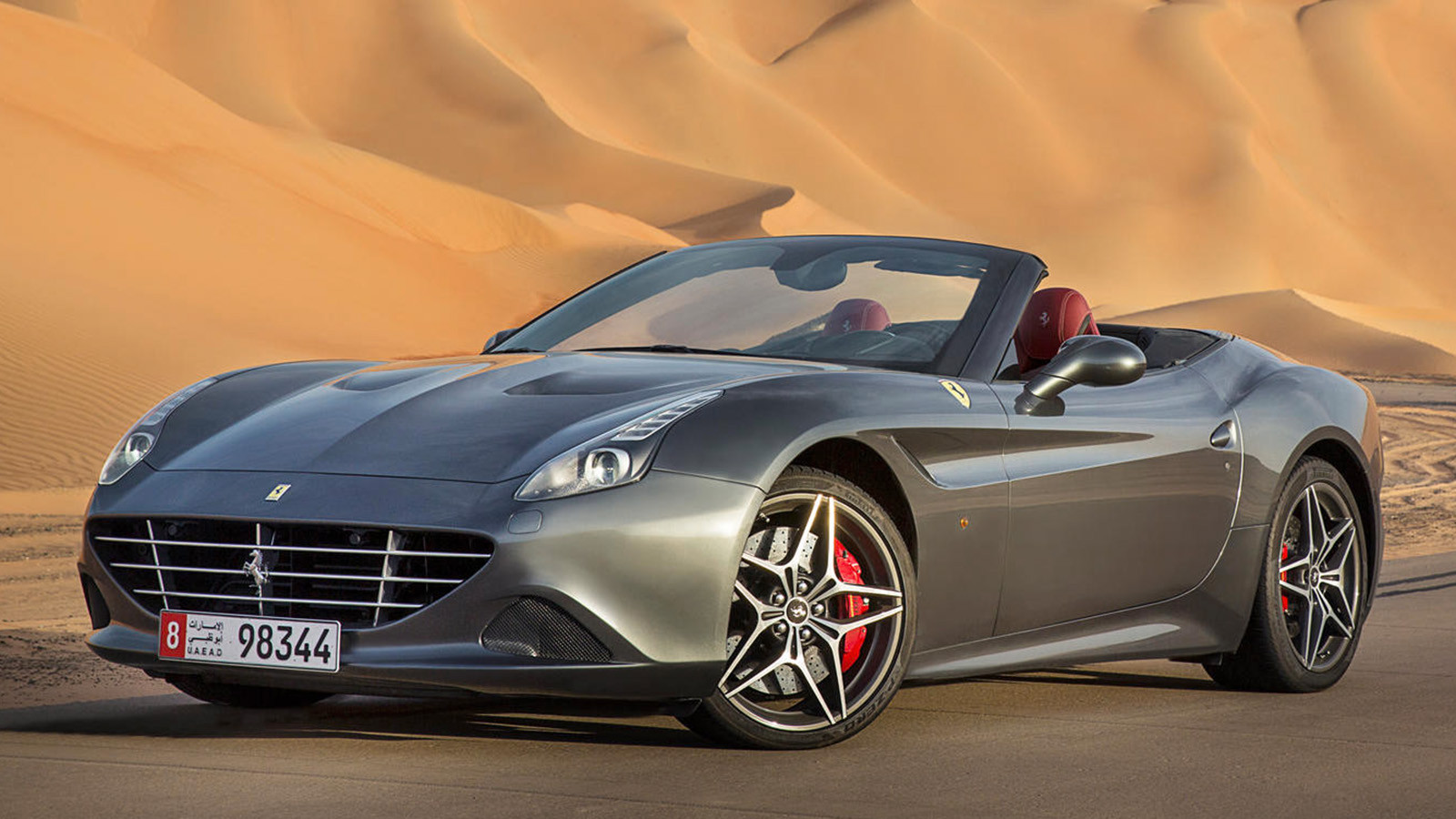 © Ferrari S.p.A.
© Ferrari S.p.A. -
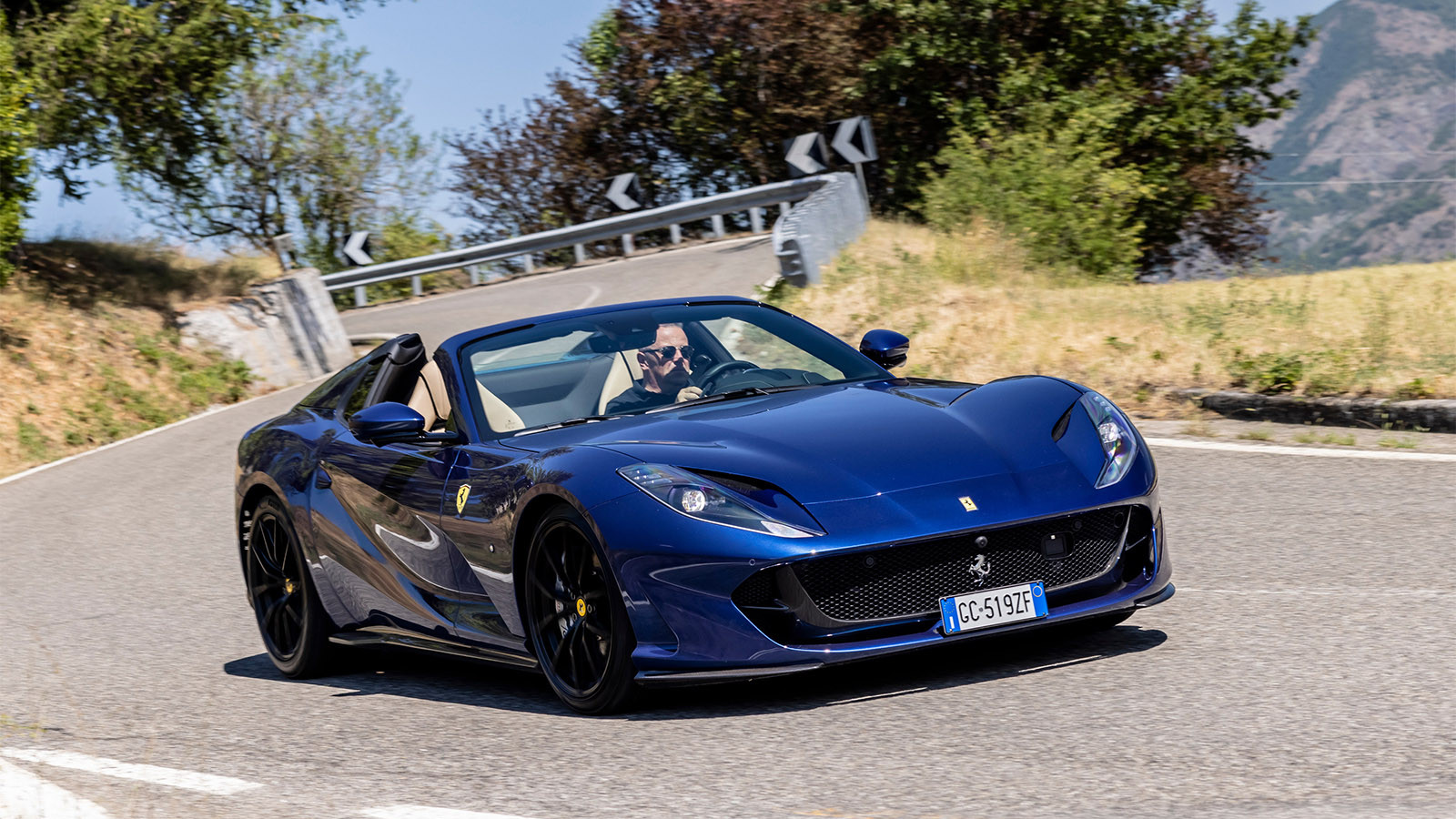 © Ferrari S.p.A.
© Ferrari S.p.A.
-
Wind-in-your-hair Ferraris
Is there any image that symbolises wealth and glamour more than an open-top Ferrari?
Perhaps it’s a 250GT Spider blasting down a sun-kissed Côte d’Azure highway, pulling up outside the Hôtel de Paris in Monte Carlo, or maybe it’s a 365 California heading to Monterey, with the deep azure of the Pacific Ocean as a backdrop, its Colombo V12 the soundtrack.
Or, (for those of a certain age) it takes you back to the ’80s, when Magnum PI held sway on our TVs with that 308GTS QV, head-to-head in the ratings with Miami Vice’s Crockett and Tubbs in their replica Daytona Spider.
Whatever memory or image an open-top Ferrari evokes, here are 22 of the very best, in chronological order, starting from when they merely funded Enzo’s racing dreams, right up to being the commercial staple of Ferrari’s range that they are today.
-
1. 1948 Ferrari 166MM
As pretty as its Touring bodywork was, the 166MM – ‘MM’ for Mille Miglia, the legendary road race its 166C derivative had won in 1948 – had been conceived as a competition car to further Enzo Ferrari’s racing aspirations in the sports-car class.
Touring’s Superleggera (Superlight) system of construction made the 166MM incredibly light (of course) and stiff, to aid performance and handling, while its 1995cc V12 engine produced 140bhp at a dizzying 6600rpm, gifting it a 115mph top speed.
-
2. 1952 Ferrari 212 Inter Cabriolet
With its chassis based on that of the 166MM, the 212 – including its Cabriolet derivative – marked Ferrari’s first collaboration with Pinin Farina (later ‘Pininfarina’), although many other carrozzerie, including Vignale, Touring and Ghia, also produced bodies for the model.
Gioacchino Colombo’s V12 engine was employed once again, this time bored out to 2562cc and producing 180bhp at 7000rpm, delivered to the rear wheels via a five-speed gearbox. The top speed of the 212 was 136mph.
-
3. 1957 Ferrari 250GT Cabriolet
Launched at the 1957 Geneva show, and based on the 250GT Coupé, the GT Cabriolet was defined from its more glamorous California sibling by its more subdued Pinin Farina styling.
Powered by a single-overhead-cam, 3-litre V12 engine, Ferrari’s British Formula One driver, Peter Collins, owned the first prototype and had Dunlop fit it with front disc brakes.
Legend has it that Enzo Ferrari ‘borrowed’ them to test on the 250 Testa Rossa race car, resulting in all Ferrari road cars from 1959 being available with four-wheel disc brakes.
-
4. 1957 Ferrari 250GT California
The North American market was becoming important for Ferrari, and when its West Coast agent suggested to US importer Luigi Chinetti that there was potential for an open Spider, Ferrari was happy to oblige.
Fitted with two versions of the 3-litre V12, and sold in long-wheelbase form from 1958-’60, then as a short-wheelbase from 1960-’62, the California was based on the 250GT Berlinetta.
In all, 106 cars were built, nine of which were fitted with aluminium bodies.
-
5. 1957 Ferrari 250 Testa Rossa
Road cars are our focus here, but it would be remiss not to include one of Ferrari’s all-time great open racers, the legendary 250 Testa Rossa.
Based on the 500TRC’s chassis, and once again using the 250’s 3-litre V12, but this time with six twin-choke Weber carburettors, the Testa Rossa is often acknowledged as one of the most beautiful racers of its era.
Weighing a mere 800kg (1764lb, dry weight), it could achieve a top speed of 167mph.
-
6. 1960 Ferrari 400 Super America Spider
With its wraparound front windscreen and pronounced rear wings, true to its name the 400 Super America recognised Ferrari’s growing popularity in the US.
It was also the first time Ferrari had used a numerical designation that did not refer to a single cylinder’s swept volume (‘400’ related to its 4-litre capacity).
All 400 SA Spiders were Pinin Farina-designed and allowed for a high degree of customer personalisation, meaning that no two cars were exactly the same.
There was also an increase in wheelbase from 2420mm to 2600mm before production ceased in 1964.
The 400 Super America’s type 163 engine derived from the single-overhead-cam 250’s, but bored and stroked to 3967cc, and tuned for effortless performance; there was even electronic overdrive with the four-speed gearbox.
-
7. 1964 Ferrari 275GTS
The 275GTS was unveiled with its 275GTB sibling at the 1964 Paris Salon, and while both were Pininfarina-designed, the GTS had softer lines and a nose treatment more similar to that of the 250 California.
Powered by a single-overhead-cam, 3.3-litre V12, drive was sent to the rear wheels via a five-speed transaxle for superior weight distribution.
All 275GTSs were built by Pininfarina (GTBs were by Scaglietti), and rode on Borrani wire wheels, as opposed to the GTB’s alloy rims.
It was also one of the first open-topped Ferrari road cars with all-round independent suspension.
-
8. 1966 Ferrari 330GTS
Replacing the 275GTS, the 330GTS employed a near-identical powertrain, albeit increased in capacity from 3.3 to 4 litres.
Designed and built by Pininfarina, the 330GTS’s folding fabric roof was retained by two over-centre clips to the upper screen rail, and hidden under a vinyl cover when stored behind the rear seats.
Borrani wire wheels were optional this time, with smooth, 10-hole alloys standard, complete with race-style knock-off spinners. A removable hardtop was also optional.
-
9. 1967 Ferrari 365 California
Launched at the Geneva Salon in 1966, the 365 California’s flowing Pininfarina lines introduced design cues, such as an air intake running from the door into the rear wing, artfully de-emphasising the door’s shutline – these would be seen again in the mid-engined 206/246 series.
There was also the option of retractable, rather than faired-in, headlights.
Powered by a single-overhead-cam, 4.4-litre V12, gifting the car a 152mph top speed, the 365 California was only made in limited numbers from late 1967 until ’68.
-
10. 1969 Ferrari 365GTS
Based heavily on the 365GT 2+2 and 365GTC, the 365GTS replaced the 330GTS, bringing with it a larger-capacity 4.4-litre unit, and a final outing for single-overhead camshafts per bank in a Ferrari V12 engine.
As before, power was fed to the rear wheels through a five-speed transaxle for optimal weight distribution.
Incredibly rare today, with only 20 built in period, the 365GTS can only be identified visually from its predecessor by the lack of air outlets on the front wings, and a simple ‘Ferrari’ script replacing the model name on the bootlid.
Air conditioning and Borrani wire wheels were among the factory options.
-
11. 1969 Ferrari 365GTS/4 (Daytona Spider)
Vying with the Lamborghini Miura for top-speed honours, the 174mph Ferrari 365GTB/4 ‘Daytona’ was launched in 1968, with the GTS/4 (Spider) arriving a year later at the Frankfurt motor show.
Its body reinforced with substantial cross-bracing, the GTS/4 used an identical 352bhp 4.4-litre V12 engine to the GTB/4, with double-overhead cams per bank and six twin-choke Weber carburettors.
Just 122 cars were built (though many GTB/4s were converted to drop-tops), and only seven of those in right-hand-drive specification.
-
12. 1972 Dino 246GTS
The first ‘baby’ Ferrari was, in fact, never badged as such, and named ‘Dino’ in memory of Enzo’s late son. The 246GT coupé came first in 1969, followed by the 246GTS which made its debut at Geneva in ’72.
Powered by a mid/transversely mounted 2419cc V6 engine, both GT and GTS were an instant hit, with 3761 cars produced in total, 1274 of which were the GTS.
Visually, the GTS lost the GT’s rear quarter windows, and its targa roof panel could be removed and stored behind the seats. Inside, the GTS used roller-blinds in place of the GT’s regular sunvisors.
Performance was brisk, rather than extreme, with a 0-60mph time of 7.1 secs and a top speed of 146mph.
-
13. 1977 Ferrari 308GTS
Arriving two years after its hardtop GTB sibling, the 308GTS used a similar design recipe to the 246GTS which had preceded it, with a removable glassfibre targa panel converting it for open-top motoring, and attendant under-body reinforcement of its tubular steel structure.
Developed with Pininfarina, the 308GTS adopted the now Ferrari norm of all-independent suspension by unequal-length wishbones, rack-and-pinion steering and all-round disc brakes.
Power came from a transversely mounted 2926cc V8 (with a dry sump on European cars), gifting the 308 with 155mph performance.
-
14. 1983 Ferrari Mondial Cabriolet
Appearing three years after the original Mondial 8 was launched, and therefore benefiting from the later Quattrovalvole (four valves per cylinder) 3-litre V8, the Mondial Cabriolet was the first fully open Ferrari spider since the 365GTS/4.
Pininfarina worked wonders with the manually operated roof which, when in place, mirrored the same lines as those of the hardtop Mondial, and when folded down, storing neatly behind the rear seats, created elegant buttresses over the rear deck.
Performance was respectable, rather than earth-shattering, with chassis reinforcement increasing the car’s dry weight to 1430kg (3153lb).
-
15. 1994 Ferrari F355 GTS
Replacing the oft-maligned 348GTS, the targa-topped F355 GTS, along with its F355 Berlinetta sibling, did much to redress the balance in Ferrari’s favour.
With its steel and aluminium body clothing a stress-bearing semi-monocoque steel chassis and full-body undertray for optimised aerodynamics, this GTS was by far a more advanced product than its predecessor.
It was indecently quick, too. The 3496cc dry-sump V8 benefited from an all-new cylinder head, with five valves per cylinder, resulting in 108bhp per litre, or 374bhp overall. Enough for a 0-62mph time of 4.7 secs and a 183mph top speed.
-
16. 1995 Ferrari F355 Spider
For some, though, there was still no substitute for the full open-topped experience, hence Ferrari’s addition of the Spider to the F355 range a year after the GTS.
Once again, Pininfarina was responsible for the Spider’s elegant lines, with aerodynamics playing a vital role in maintaining its performance, supported by 1800 hours of wind-tunnel testing.
The Spider’s semi-automatic hood was electronically operated for the first time.
The model’s powertrain was carried over from the GTS, as was much of its Connolly-trimmed interior, which could be specified with optional composite racing seats.
-
17. 1995 Ferrari F50
Taking on the ‘extreme’ Ferrari mantle from the legendary F40, the F50 – celebrating the company’s 50th anniversary, albeit slightly early – was as close as Maranello had ever come to producing an F1 car for the road.
No surprise, then, that only 349 were built.
Its composite monocoque was derived from Ferrari’s 1990 F1 car, with the front suspension bolted directly to the carbonfibre passenger cell, which, F1-style, also supported the mid-mounted engine as a load-bearing member.
And that engine was derived straight from the F1-89 GP car. Producing 512bhp at 8500rpm, Ferrari ditched the F40’s twin-blown V8 for an atmospheric 4.7-litre V12.
Performance was predictably prodigious: 0-60mph in 3.7 secs, en route to a top speed of 201mph.
-
18. 2000 Ferrari 360 Spider
Arriving a year after the 360 Berlinetta, the 360 Spider became the first of many Ferraris that traded little in exchange for roofless motoring.
Its electrically operated roof folded cleverly into the engine bay, preserving the lines of the car, and also retaining the same cabin and boot space as in the 360 Berlinetta.
Despite significant strengthening of the sills, and the addition of two substantial roll-hoops, the Spider only weighed 60kg (132lb) more than its hardtop sibling, meaning that performance from its identical 394bhp naturally aspirated 3.6-litre V8 was barely dented.
-
19. 2000 Ferrari 550 Barchetta Pininfarina
Created as a tribute to Ferrari’s early open-top models, such as the 166MM and 250GT California, the 550 Barchetta Pininfarina was based on the then-current 550 Maranello coupé.
Conceived for predominantly roofless motoring, with only an emergency soft-top in case of a downpour, the Barchetta managed to retain the 550 coupé’s kerbweight, its lack of proper roof compensating for the extra chassis reinforcement required.
As well as the open roof, the Barchetta’s windscreen was chopped by 100mm, for an even more rakish appearance. But the 4.4-litre, 479bhp atmospheric V12 powering it was carried straight over from the Maranello, offering 186mph performance.
Just 448 cars were built, all of which were numbered and signed by Sergio Pininfarina.
-
20. 2010 Ferrari SA Aperta
Based on the 2006 599GTB coupé, the SA Aperta marked Pininfarina’s 80th anniversary, with a production run of just 80 cars. ‘SA’ stood for Sergio and Andrea Pininfarina.
Much like our last entrant, the Aperta was intended mainly for roofless motoring, with no solid roof panel and only an emergency soft-top for inclement weather.
Once again, the car’s weight (1705kg/3759lb) remained close to its coupé sibling’s, despite the inevitable need for chassis strengthening.
That also meant that performance from the Aperta’s carry-over 6-litre V12 engine, producing 661bhp, was near-identical at 201mph, with a 0-62mph time of 3.6 secs.
-
21. 2014 Ferrari California T
We’ve skipped the first 2008 California here, because the California T marked such a big improvement over its predecessor, dynamically (engine mounted 40mm lower, plus tweaked suspension with quicker-reacting Magnaride dampers), and mechanically (using a smaller, more efficient turbocharged 3.9-litre V8 increasing power whilst also being cleaner and more economical).
As the name suggests, the California T paid tribute to the 250 Testa Rossa, with its distinctive pontoon-wing design cue.
An all-aluminium chassis and body also provided immense structural rigidity for a convertible.
-
22. 2020 Ferrari 812GTS
And so we complete our open-top Ferrari set with the only model that resides in Maranello’s current line-up, at the time of writing.
The 812GTS is, Ferrari claims, the most powerful open-top car available on the market, its 6.5-litre V12 engine producing 789bhp all the way to a mind-warping rev-limit of 8900rpm.
When the GTS launched in 2020, it was also the first front-engined V12 spider to wear the Prancing Horse emblem since the 365GTS/4 (Daytona Spider) 50 years before.
And only roof-back in the GTS would you fully do justice to one of the most glorious-sounding combustion engines on the planet.
